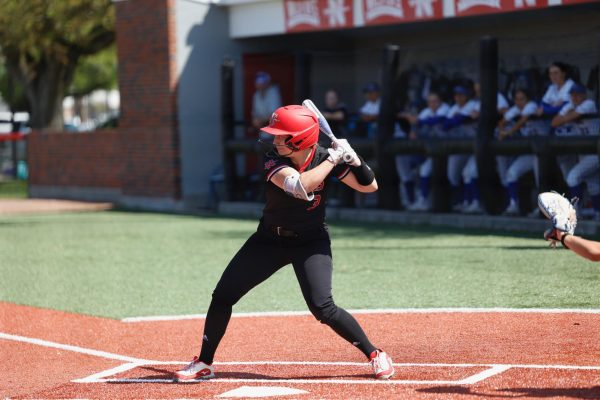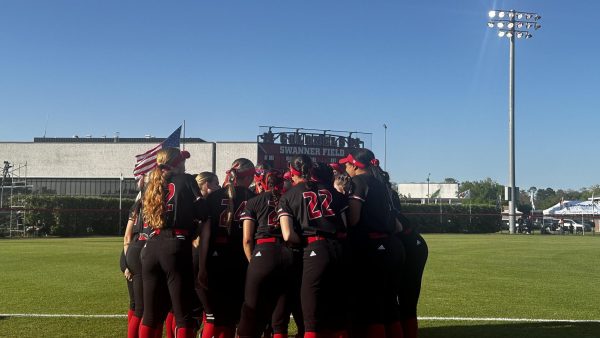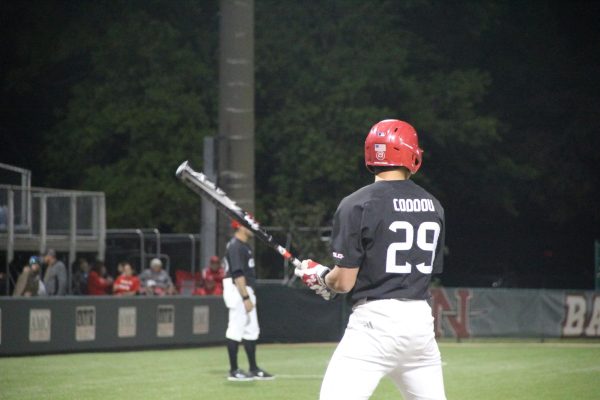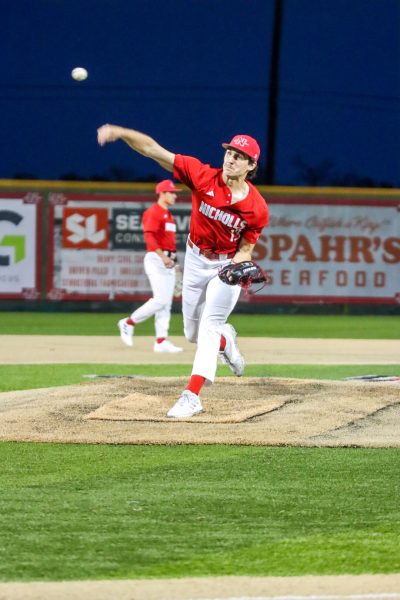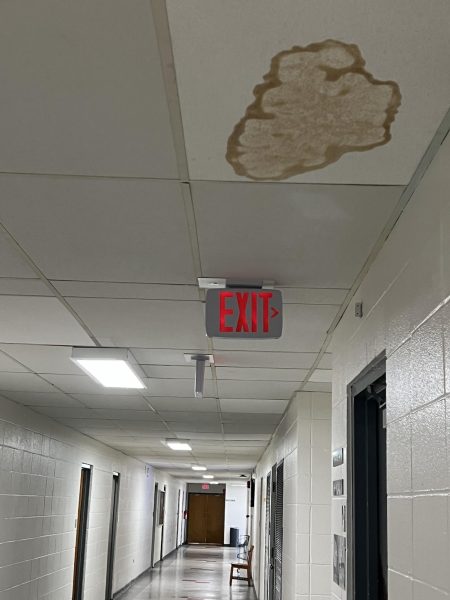The targeting rule; misunderstood, but necessary
Some college football officials are making poor judgment and leaving fans with unanswered questions concerning the targeting rule.
According to the National Collegiate Athletic Association, a player vulnerable to injury because of his physical position and focus of concentration is considered defenseless. A receiver attempting to catch a forward pass or one who has completed a catch and has not had time to protect himself or has not clearly become a ball carrier is defenseless.
In 2013, the NCAA adjusted the consequence for targeting defenseless players. If a player was seen launching himself at or having helmet to helmet contact with an opponent, he was ejected, and the team received a 15-yard penalty. Most coaches around the country agreed to this rule and the consequences, but were unhappy with the instant-replay review on the targeting fouls.
In Feb. 2014, the NCAA Football Rules Committee proposed that if the instant replay official rules, the disqualification should not have occurred and the penalty is not a personal foul, the 15-yard penalty would not be enforced.
In 2010, the University of Rutgers defensive tackle, Eric LeGrand, collided with an Army player while trying to make a play. He suffered a spinal cord injury and is now paralyzed below the neck. He is currently in a wheelchair and is living in the likelihood of never playing football again. His former coach Greg Schiano signed LeGrand to a one-day contract to the Tampa Bay Buccaneers.
In 2012, Tulane University safety Devon Walker was attempting to tackle a Tulsa University player when he collided with his teammate’s helmet. He is also paralyzed from the neck down. With his inspiring story, the New Orleans Saints signed Walker in May.
Although these players were not victims of targeting, they are the reasoning behind the rule.
The National Football League has taken a similar approach to helmet-to-helmet contact. Last year, the league faced a $765 million settlement with former players that were concussed during their time in the NFL. Four thousand retired players complained about having dementia, depression or Alzheimer’s Disease. The league has since been strict on dangerous hits. They now fine various amounts of money that is over $1,000.
One of the biggest problems I have with the targeting penalty is the ignorance of fans that get angry when a player on their team gets ejected. They quickly proclaim “it’s a game,” or “next thing you know they will be playing flag football.” If a player launches himself helmet-to-helmet with an opponent, it is targeting a defenseless player.
It is a judgment call, but this rule was made specifically for a player’s safety. It was not made to sabotage a team’s goal.
Football is a contact sport, but there is a difference between a clean hit and a rough hit.


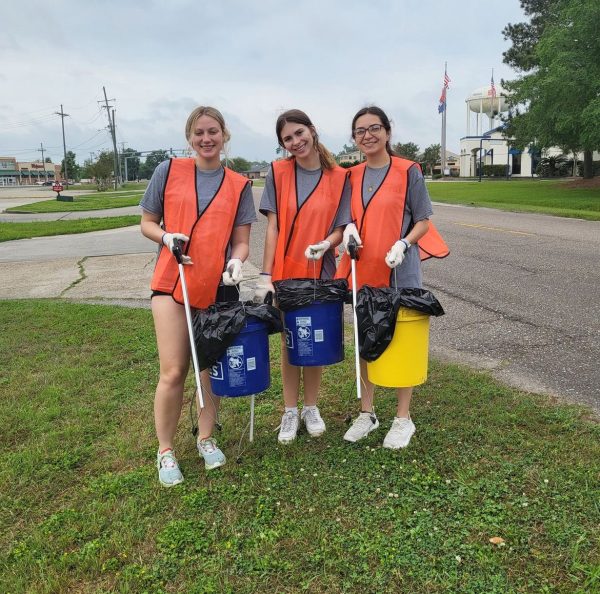
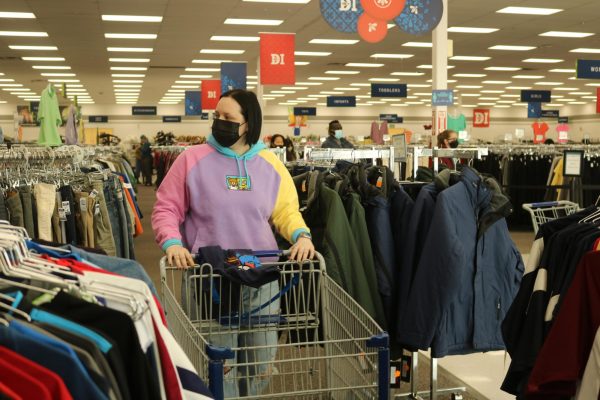

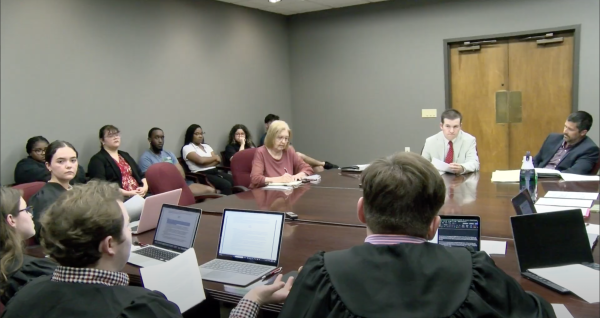
![Nicholls Garrett Felix [#6] advances to first base after drawing a walk against Louisiana on April 2.](https://thenichollsworth.com/wp-content/uploads/2024/04/FelixWalk-at-UL-600x400.jpg)
